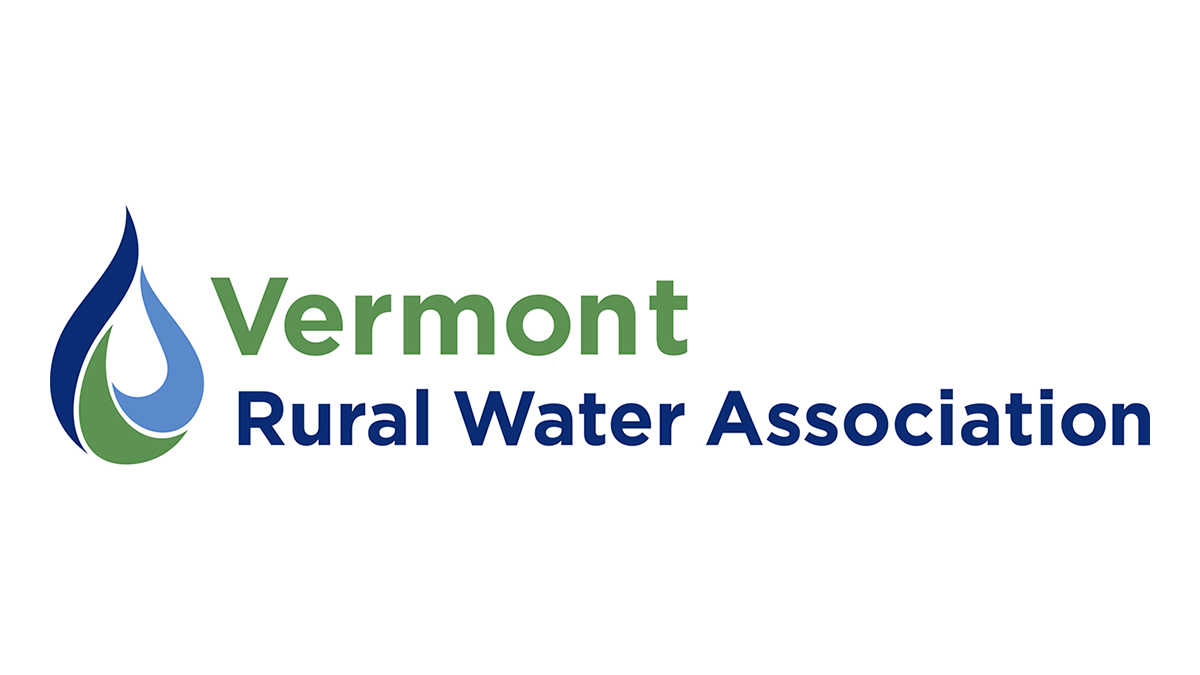The difficulty with weather events, such as drought, is that they often sneak up on us and leave us scrambling. The best you can do, since drought cannot be prevented, is to be prepared.
Having a written Drought Preparedness Plan in place to deal with the effects of drought can aid in reducing the negative impact it can have on the system and your customers. The plan should include steps that can be taken both during a drought event and before a drought has impacted your system.
Drought Plan action steps
- Implement water restrictions. Many water systems in more drought-prone areas of the country have written ordinances and impose fines for customers who violate water use restrictions.
- Bulk water may need to be purchased. If this is the case, your system should (in your written plan) have a list of bulk water haulers and ensure that your facility is capable of receiving bulk water shipments.
- You may need access to quantities of bottled water.
- Joining VT WARN allows you to request mutual aid, like equipment or assistance, from other water and wastewater systems.
- Consider other impacts to your system that may be felt during times of drought, such as water quality issues.
- Inform Vermont Rural Water of drought impacts your system is experiencing and action steps you’ve taken. Our executive director will bring this information to the Vermont Drought Task Force.
- Also include actions to take during dry conditions before drought has impacted your system. Examples include customer education, water use restrictions (such as limiting non-essential use), source inspection, and leak detection surveys.
Resources
US Drought Monitor Map — Vermont
Template Drought Plan – California Water Boards

